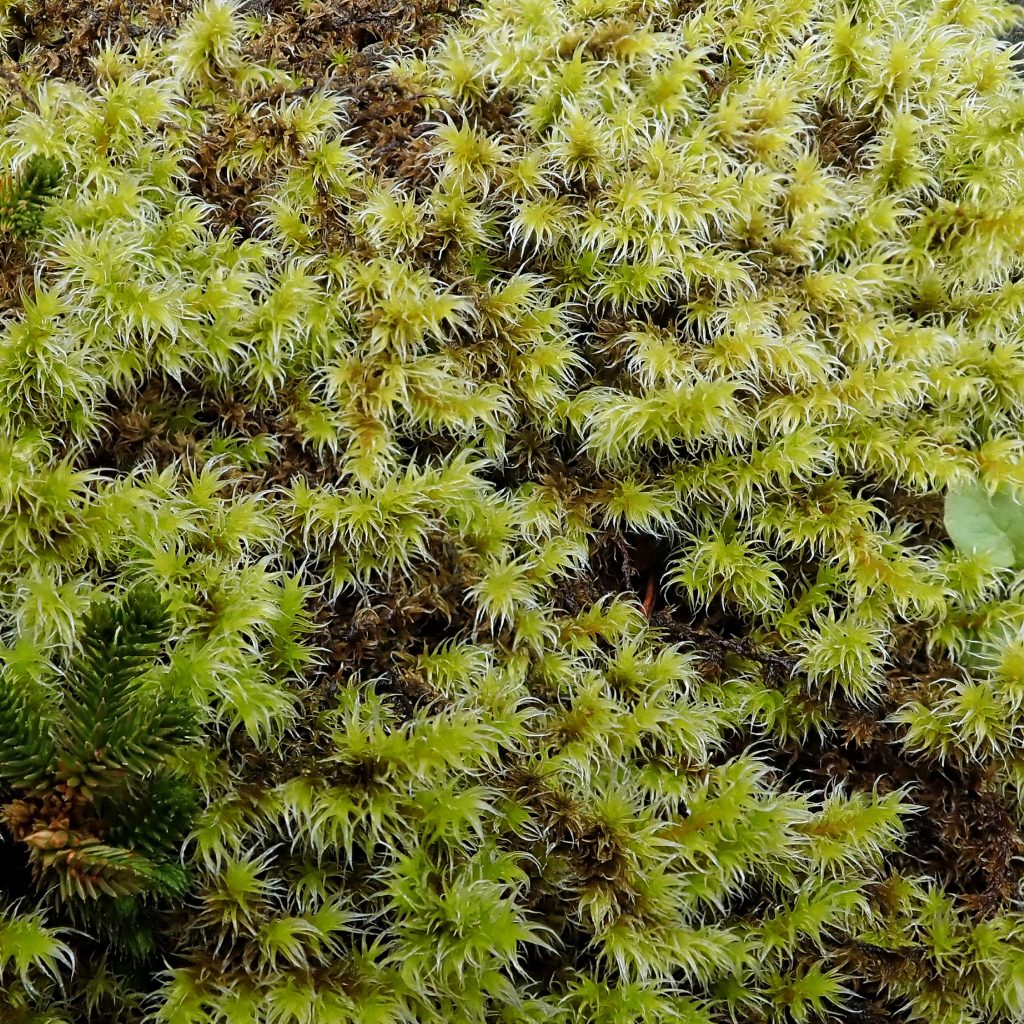
There is much taxonomic and nomenclatural discussion still ongoing about this species. It has only been in the last 20 years that this species was split from the old Racomitrium canescens, which has now been split into at least 8 different species!
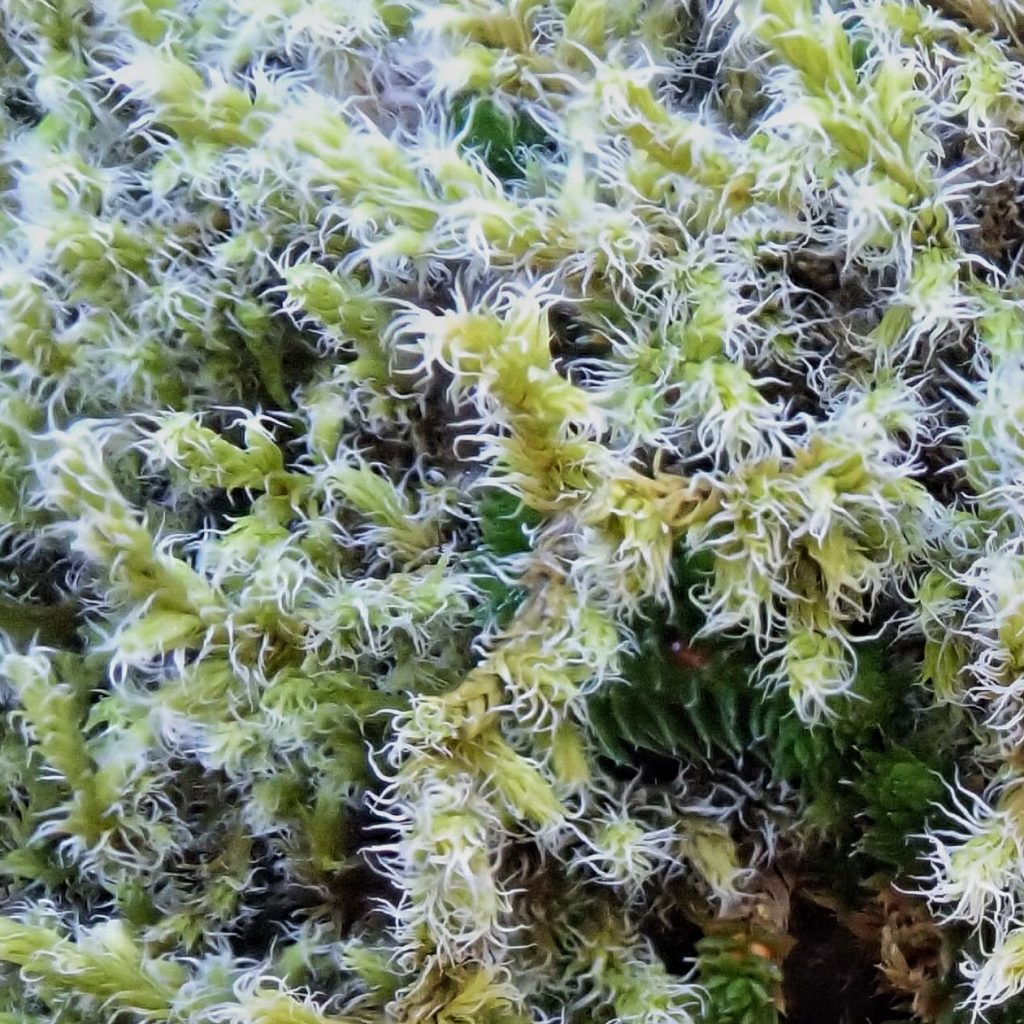
I decided to go with the more recent Niphotrichum elongatum because that is the way it is listed in Flora of North America. But in “An annotated checklist of bryophytes of Europe, Macaronesia and Cyprus”, 2019, they use the old nomenclature. David Wagner in his introduction to his Racomitrium key, describes his reasons for sticking with that nomenclature. And, for more in depth analysis of cons and pros, see here and here.
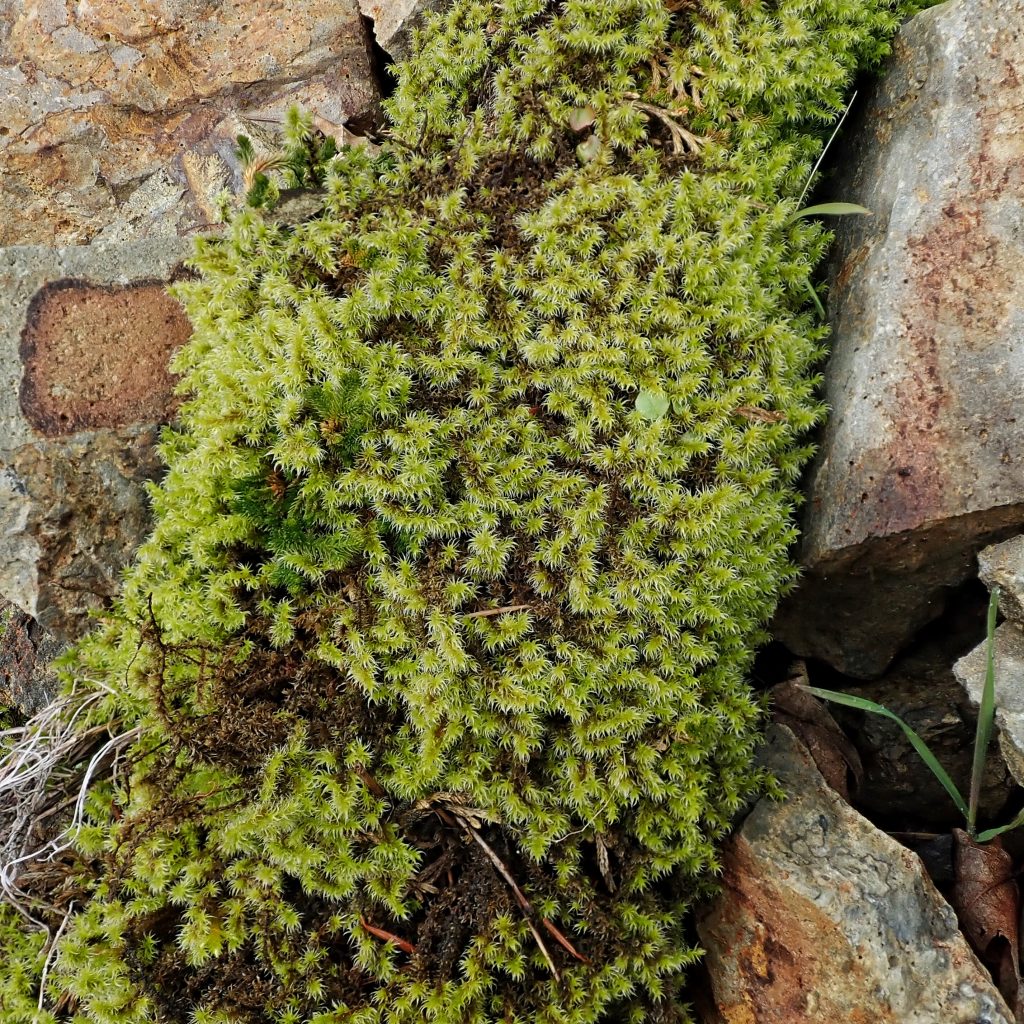
This is a very cool moss which, before the revisions, could probably be identified from ten yards away, due to the hoary or frosted appearance its dense fur of reflexed awns gives it, along with a rather grey cast when less hydrated, imparted by its papillose (bumpy) leaf surfaces. And, because of its abundance, if you called every hoary, greyish moss you see coating rocks west of the Cascades Niphotrichum elongatum, you’d be right more often than not.
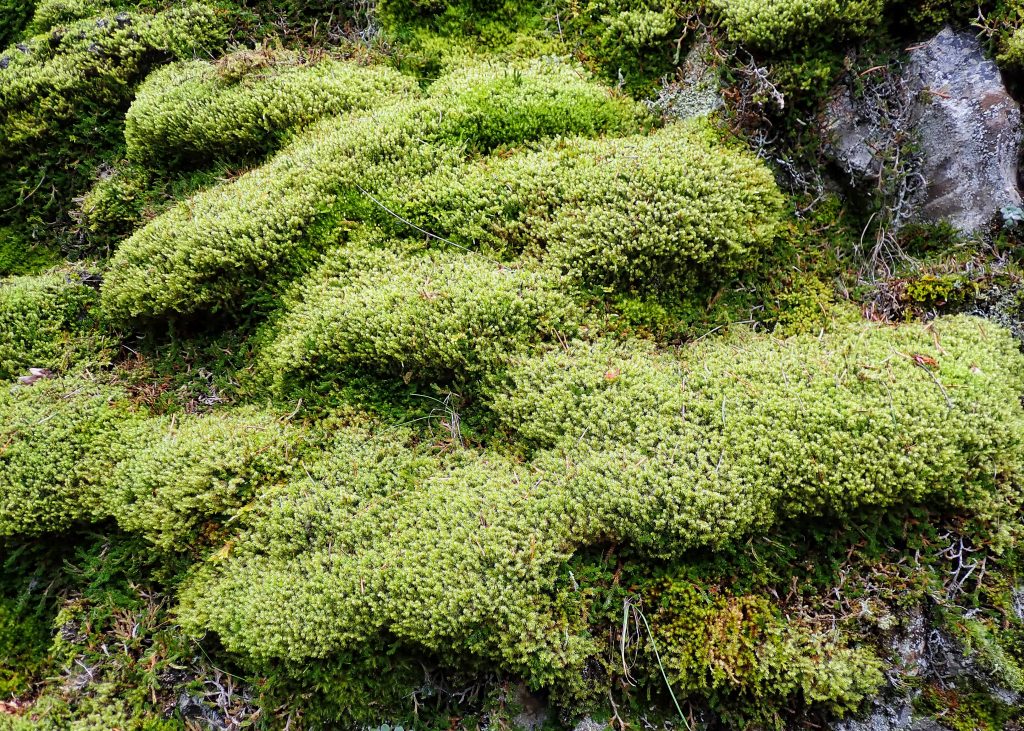
But if you want to know for sure, it’s going to take good magnification and a key, like this one by David Wagner. And it is worth putting this moss on a slide under a microscope. My photos didn’t turn out well, because these leaves don’t lie flat, so only a small area is ever in focus at a time. But by going slowly up and down with the focus an amazing topography presents itself.
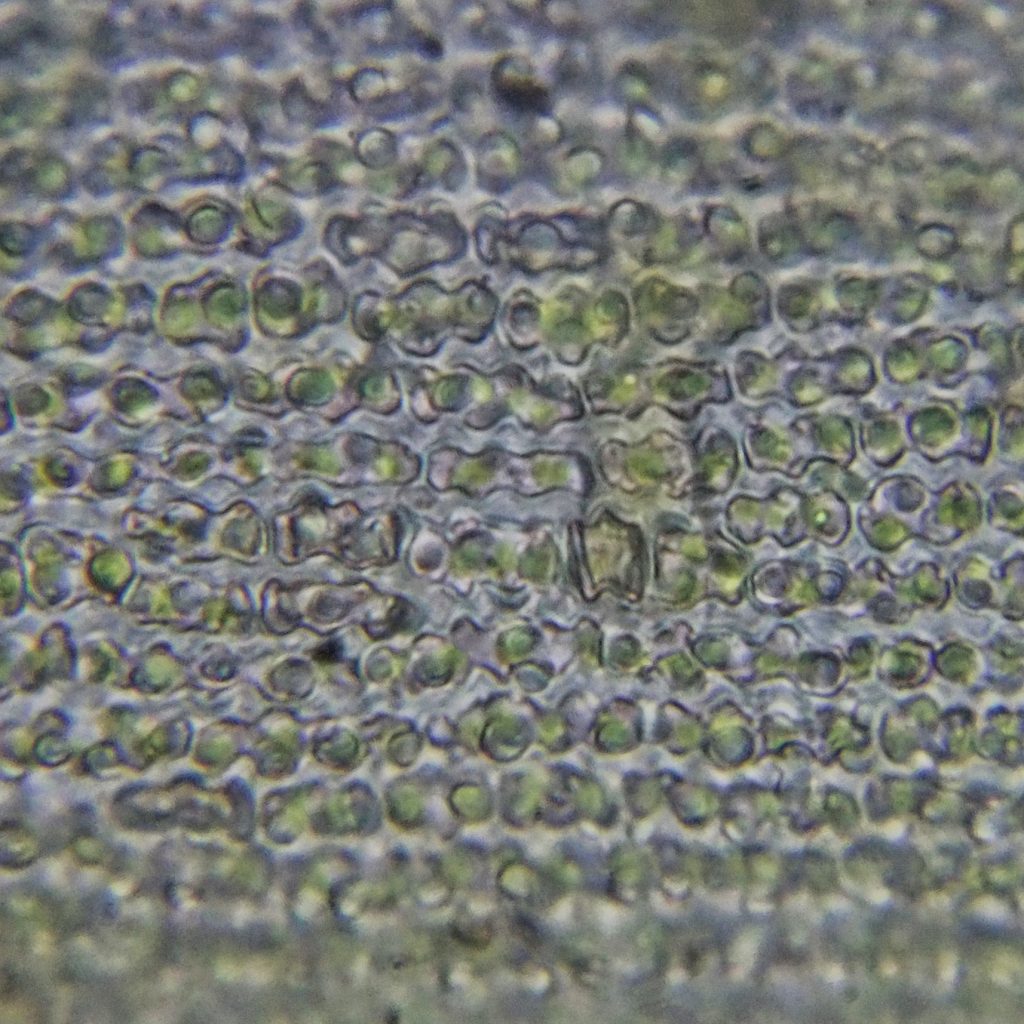
The first thing you’ll probably notice is the large, abundant (at least 2 per cell), conical to branched papillae. And focusing closer you’ll see the sinuose (curving in two directions) cell walls, which are characteristic of all of the present and former Racomitrium. From the macroscopic to the microscopic, this is a moss well worth getting to know.
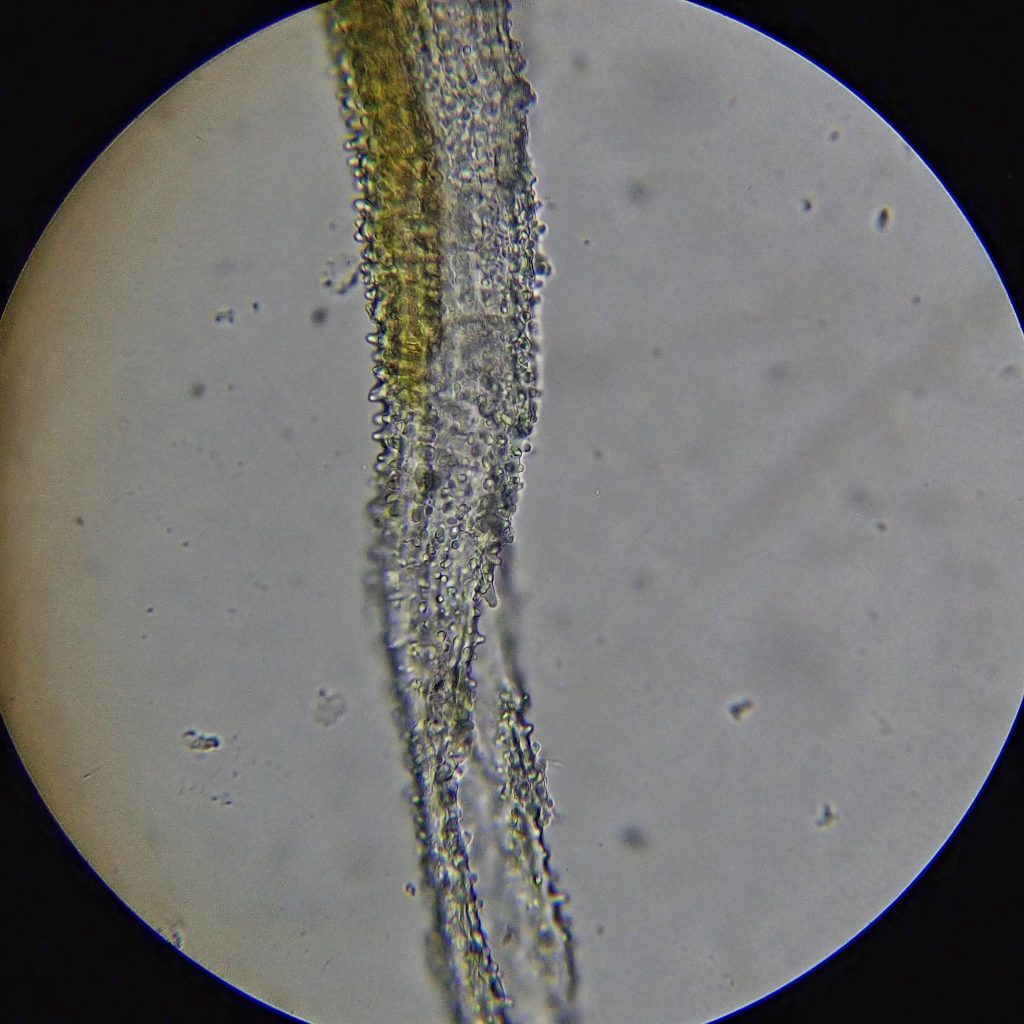
Description-Erect shoots with long hyaline (clear to whitish) awns, giving it a frosted or hoary appearance; awns heavily papillose, straight when wet, usually bent when dry, hyaline coloration extending into the margins of the leaf apex (decurrent); leaves overlapping, keeled, ovate, heavily papillose, and margins recurved; costa single, unbranched, and extending nearly to the apex of the leaf.
Similar species– Niphotrichum canescens has a shorter costa which is often split at the distal end; N. ericoides has much less papillose awn which is not decurrent, and longer alar cells; Racomitrium lanuginosum has a dentate awn, with multicellular teeth.
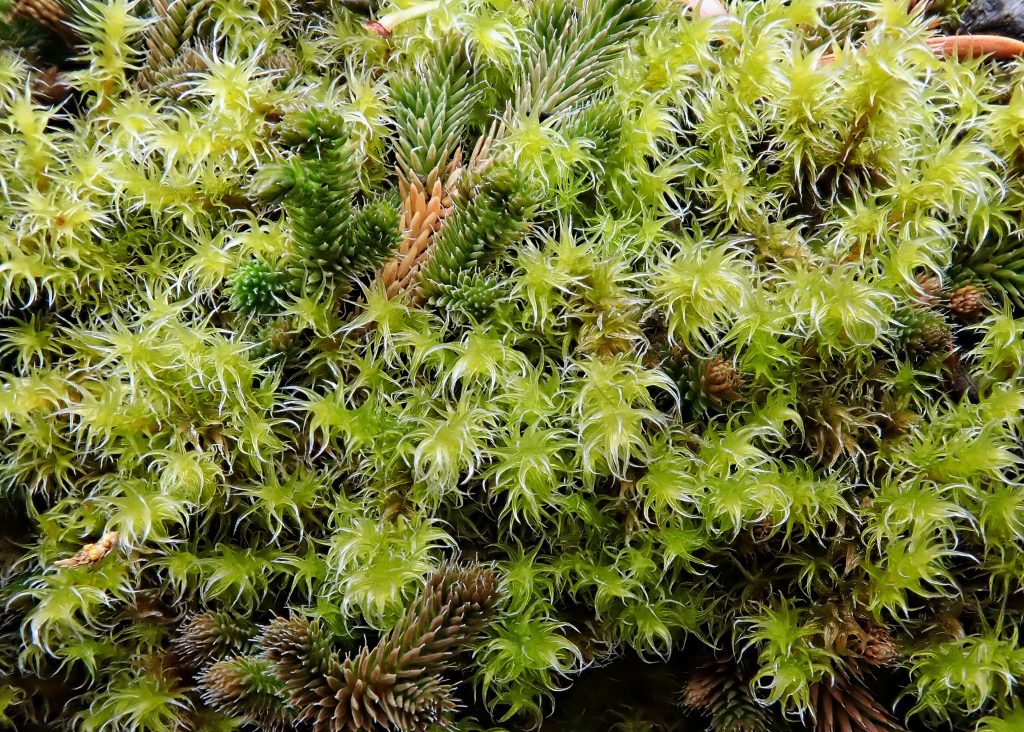
Habitat-Dry rock, gravel, and sand, usually in open areas of coniferous forests.
Range-Region wide in appropriate habitats; more common west of the Cascades.
Etymology of names– Niphotrichum is from Greek, and roughly translates as ‘snow hair’, a reference to the hoary appearance of these mosses. Racomitrium (if indeed they ever go back to this genus) is from Greek and means ‘rag turban’, which references the disheveled base of the calyptra. The specific epithet elongatum seems to allude to an elongated stem.

http://www.efloras.org/florataxon.aspx?flora_id=1&taxon_id=250075461
http://fernzenmosses.com/racomitrium_of_oregon/racelo.htm
https://websites.rbge.org.uk/bbs/Activities/mosses/Racomitrium%20canescens-elongatum-ericoides.pdf
Key to Racomitrium of Oregon–1
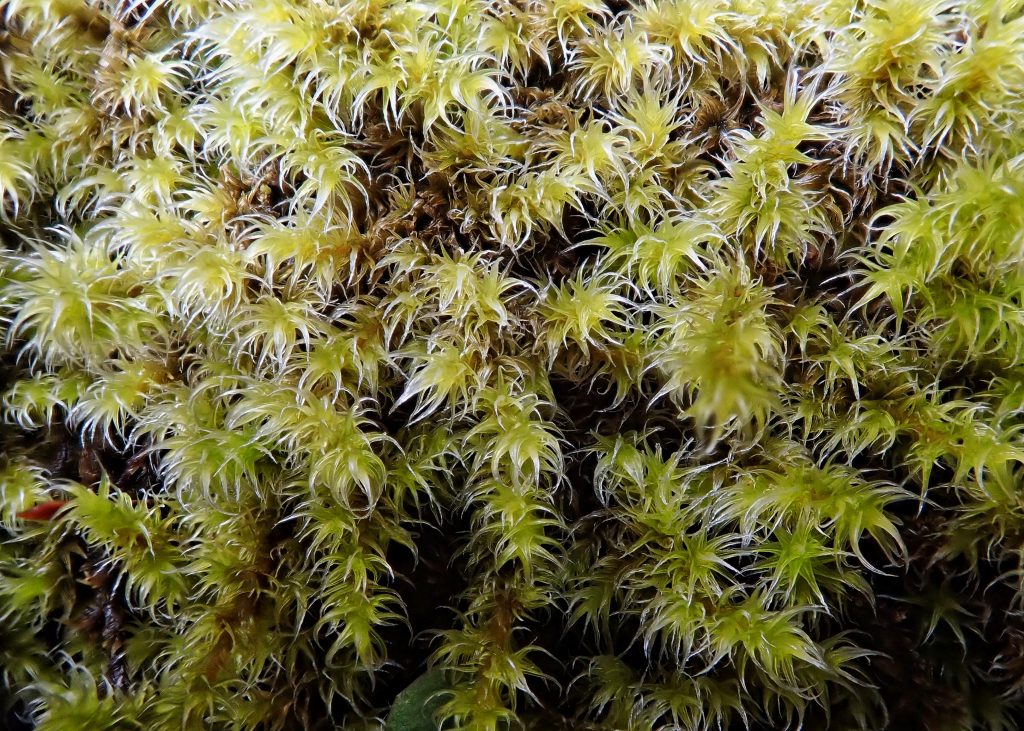
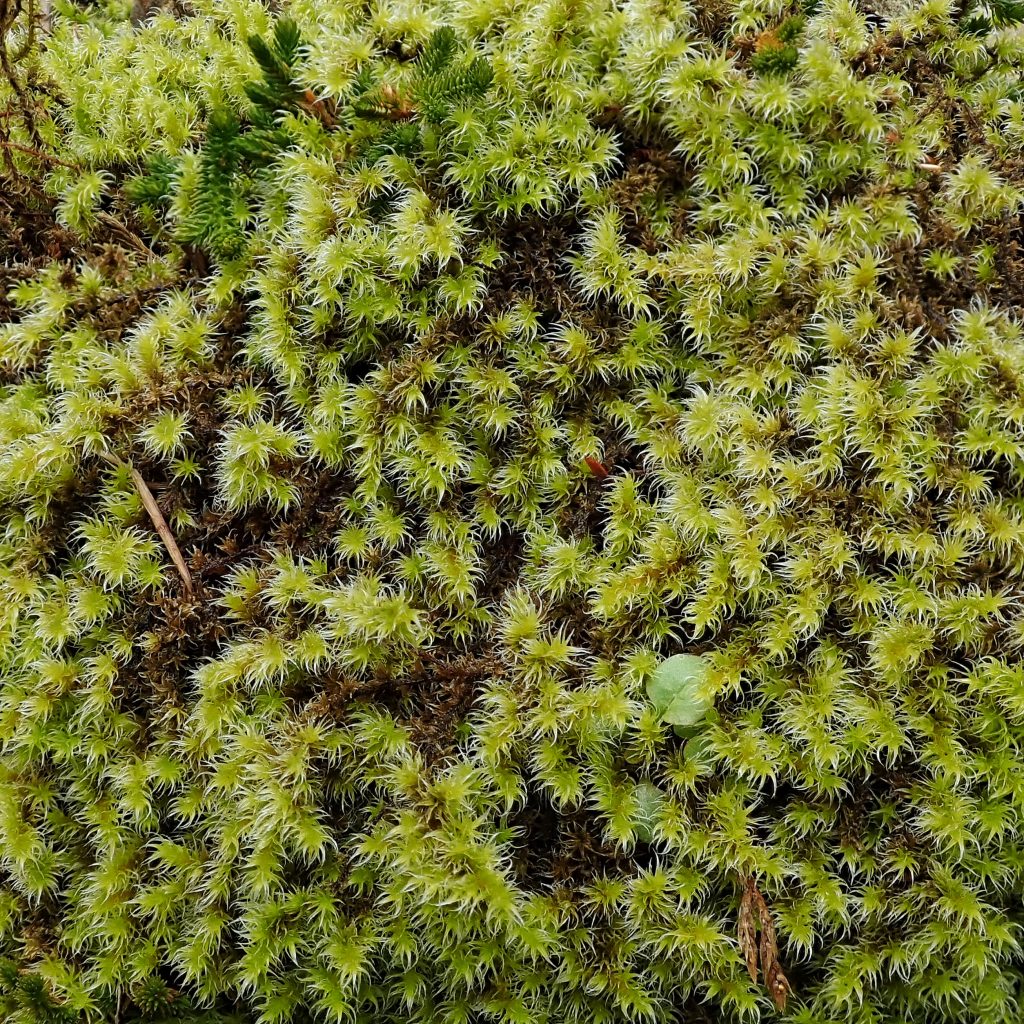
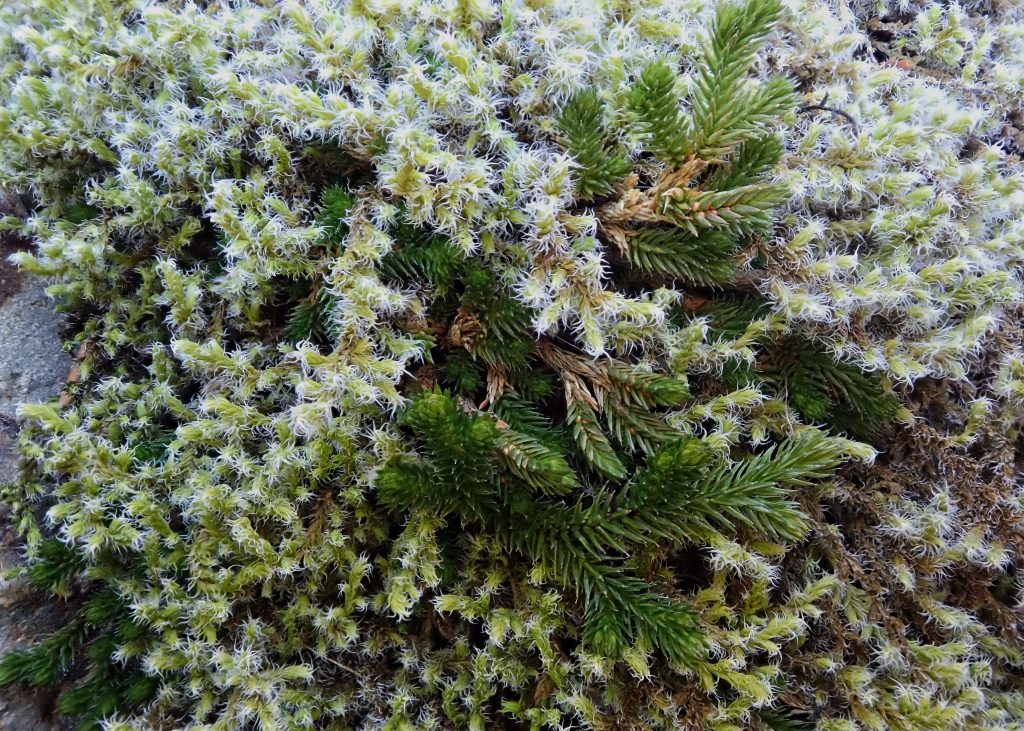
LOVELY:)